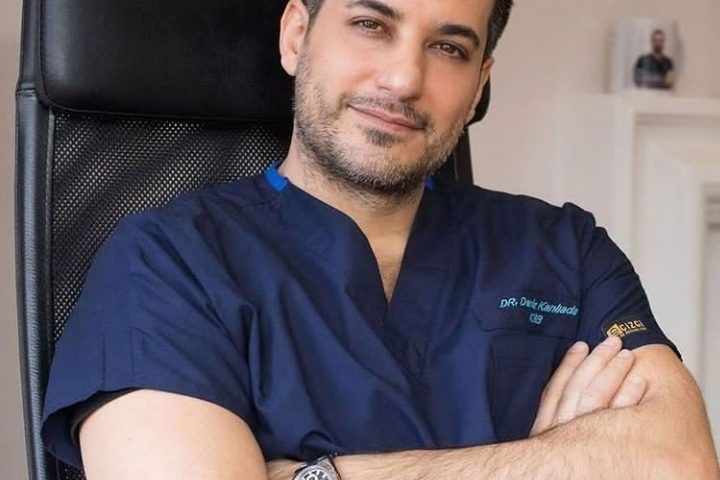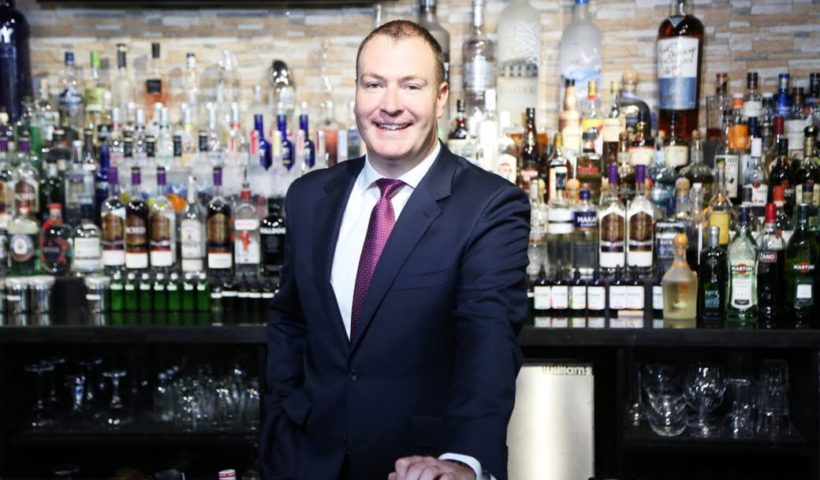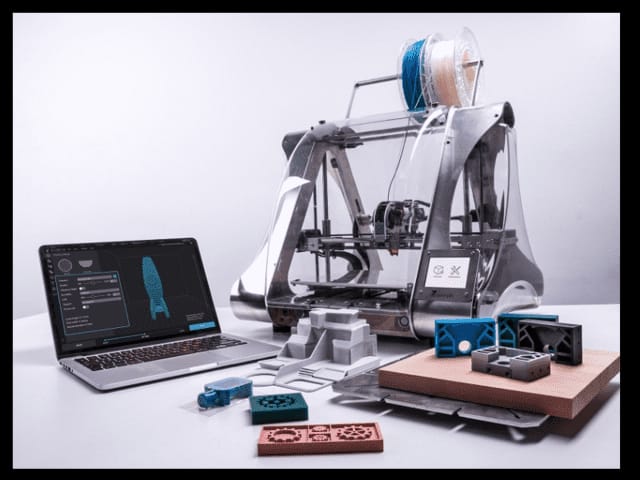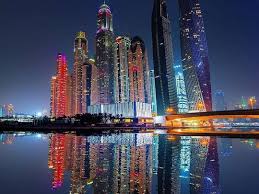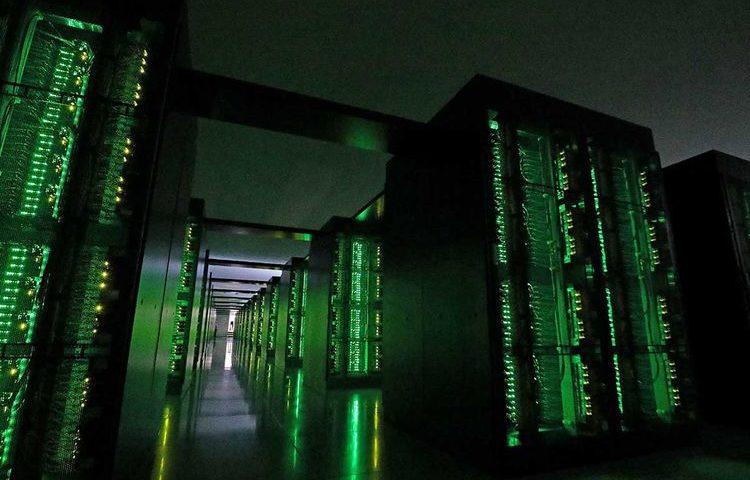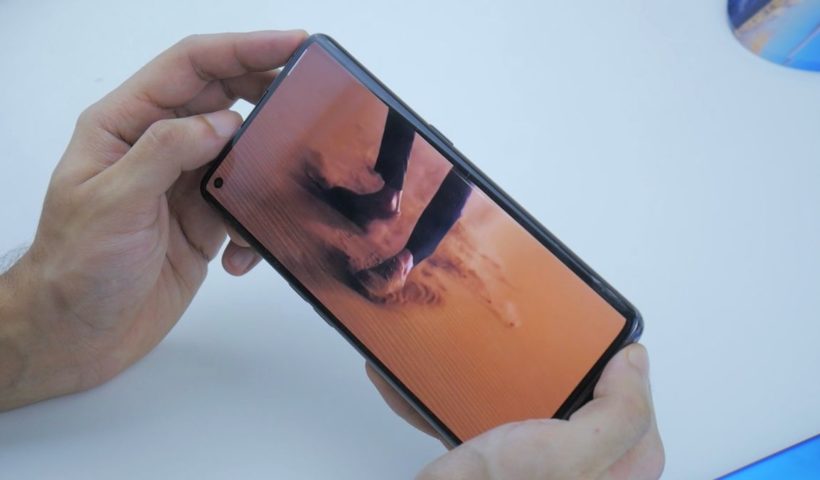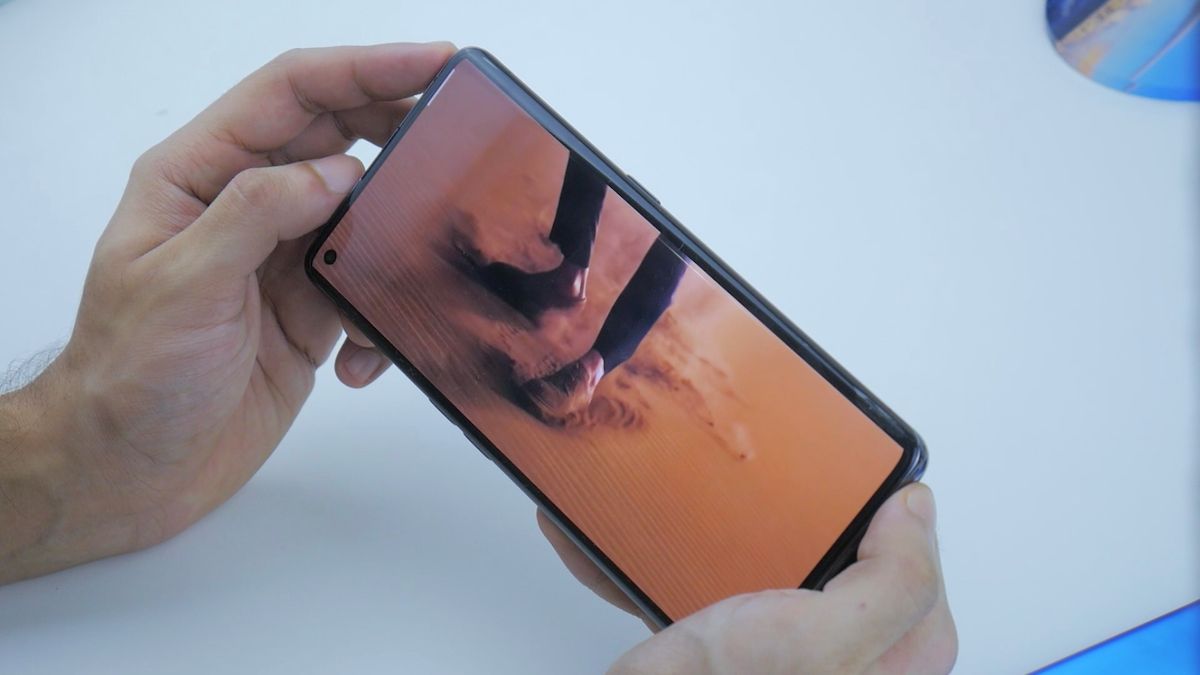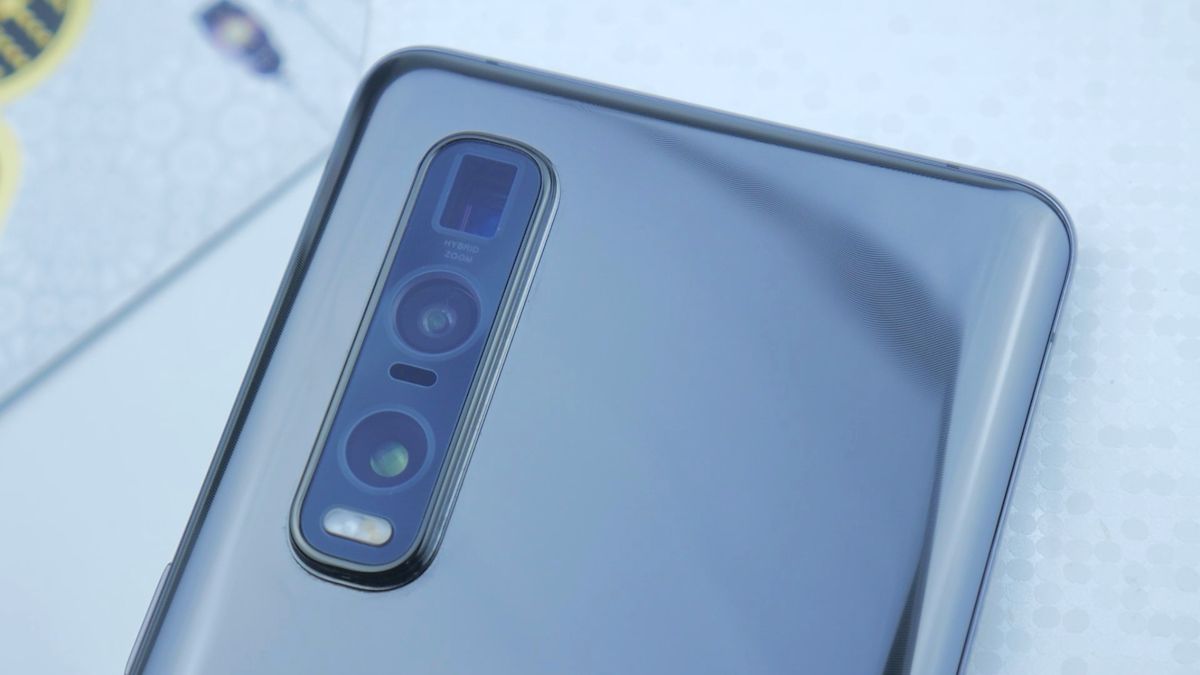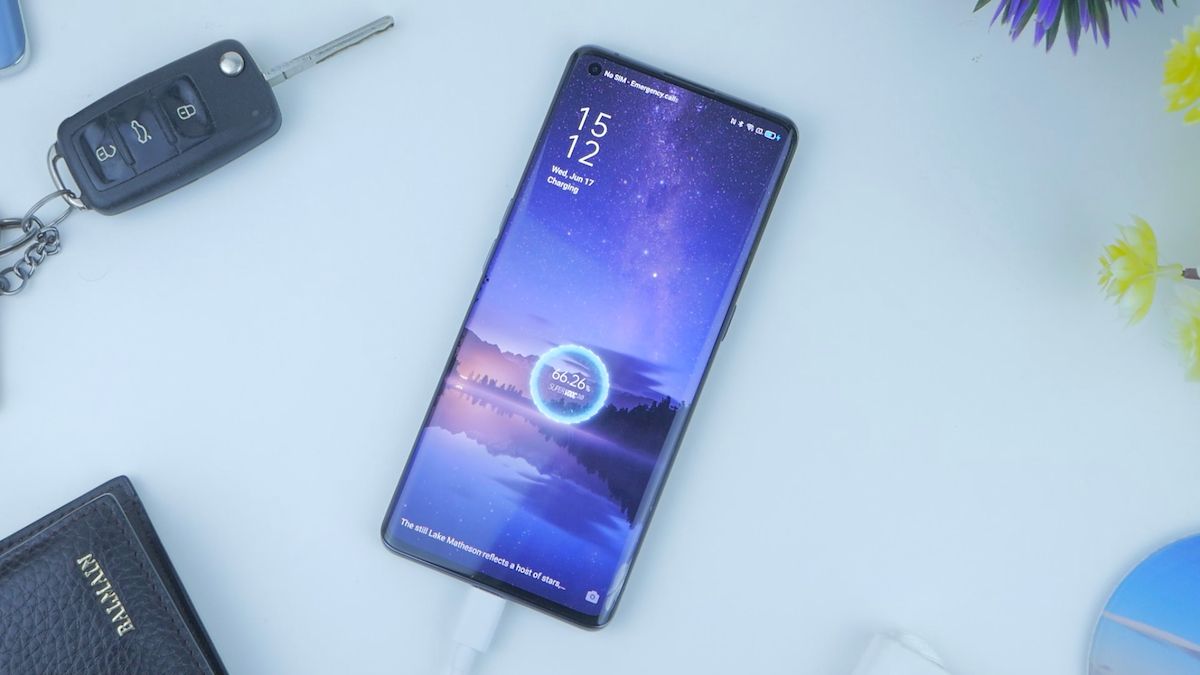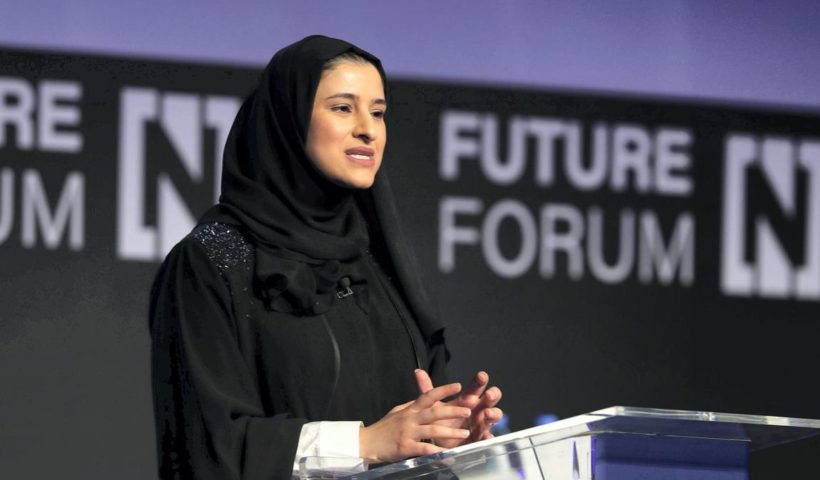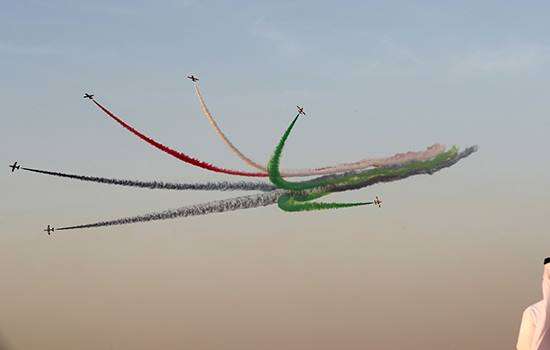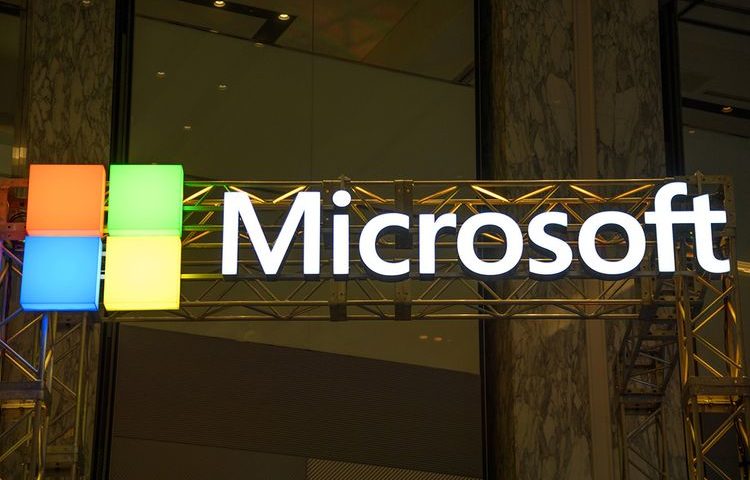A well-known, award winning ENT & Facial Plastic and Cosmetic Surgeon based in Harley Street. Practicing in aesthetic industry for more than 14 years and operated more than 2000 surgeries in Istanbul, UK and Cyprus.
His special interest and consistent good results in surgical and non-surgical rhinoplasty featured on Channel 4 and Channel 5 and awarded him the “Nose King” title by his patients.
He also published his own suture techniques for Rhinoplasty and advanced techniques in non-surgical Rhinoplasty in world known aesthetic journals.
He is also a KOL (key opinion leader) for non-surgical Butt lift and body contouring with using fillers. He runs regular hands on training on ” Surgical & Non-Surgical Rhinoplasty” and ” Non-Surgical Butt Lift and Body Contouring”. Also, he has popular online training modules for most advanced non-surgical treatments.
He is also CEO and Founder of Virtual Aesthetic Doctor which is the world’s first aesthetic training application with Virtual Reality (VR).
He is the main Non-surgical Rhinoplasty trainer in Wigmore Medical and he has his own online and hands on training courses.
Buttock augmentation is one of the most popular aesthetic treatment trends in the last decade. Surgery also known as Brazilian Butt Lift ( BBL ) became the most popular body surgery including a liposuction, processing the fat and transferring the fat into buttocks which improves the size, shape, and contour of the buttocks while making tummy, waist, or thighs smaller1.
Butt enhancement can also be achieved by using silicone implants inserted through or underneath the buttocks muscles.
Since Poly-L-lactic acid (Sculptra) gained U.S. Food and Drug Administration approval for use in human immunodeficiency virus-related facial lipoatrophy in August of 20042 non-surgical options for butt lifting and enhancement started to become popular.
Nowadays search for better non-surgical way of butt enhancement brought Hyaluronic acid-based products which are specifically designed for butt enhancement got approved by CE and getting more popular every day.
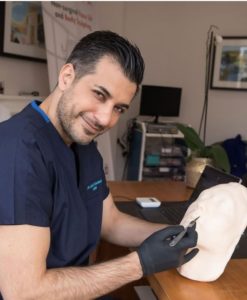
FAT TRANSFER VS BUTT IMPLANTS VS POLY L LACTIC ACID VS HYALURONIC ACID FILLERS?
Which one is safer?
Which one is more effective?
Which one is more cost effective?
Which one is longer lasting?
Which one is easier to perform safely?
When comparing implants with fat grafting, fat grafting with liposuction can be considered more safe, natural, and effective for butt enhancement and contouring which is easier to perform than the implants3. No risk for rejection or implant complications but on the other hand it needs a surgical intervention, general anaesthesia and intravascular complication risks which can be even mortal4.
When comparing fat transfer with non-surgical butt enhancement like fillers or Poly L- lactic acid injections, fat transfer needs processing and processing step can effect both results and longevity which is is not very superior than fillers7 and post procedure complications like infection, intravascular complications, embolism is higher with fat grafting as the fat injections are usually deeper under the muscle5. Although there is no research about it, surgeon believes cellulite development is more common with fat transfer because of increasing fat density in the area.
When comparing the Poly L lactic acid injections with hyaluronic acid injections, as the main goal of the treatment is volume replacement or enhancement or contouring, high projection and volumizing capacity hyaluronic acid filler is preferred6.
Available Hyaluronic acid-based fillers in the market consists: ( Genefill Contour)
Hyaluronic Acid Sodium Salt
2 mg
Cross-linked HA Sodium Salt
20 mg
Sodium Chloride
6.9 mg
Water for Injection Ad
1 ml
HA Particle Size
200-350 µm
Like other biphasic hyaluronic acid-based products, reabsorption rate is around 18/24 months. The lifestyle and exercise can affect the lasting time of this product8.
PATIENT SELECTION
Square and V shape is more masculine and rounder and heart shape is more feminine.
Body fillers are best indicated for enhancement of the upper and middle thirds of the buttocks and the lateral trochanteric depressions (hip dips).
As you can imagine surgeon recommends not injecting the lower part of the buttock because it will make the area heavier and cause more saggy look.
Contraindications include:
Severe skin laxity especially in the lower portion in elderly patients
Ptosis of lower third of the gluteal area
Pregnancy and breastfeeding
Infections in the area
Allergy to lidocaine or hyaluronic acid
Patients with high blood pressure or cardiac problems due to high sodium amount in the product
As there is no published article about butt fillers in patients who had fat transfer or butt implants, surgeon recommends that products should be injected carefully and slowly as there will be lots of scarring, fibrotic attachments in the area which will make the injections harder and spreading the product equally will be less possible and blood supply can be further decreased because of high volume of fillers compressing the blood vessels against the implants.
TREATMENT PLANNING
Marking needs to be done while the patients are standing. Deepest points and borders of injection is marked before injecting the anaesthetics. Gluteal skin and fat thickness are important when planning the treatment. This is important for cannula length and injection depth while injecting. Analysis revealed a significant difference in gluteal region fat thickness between male and female subjects. The average gluteal fat thickness for female subjects is 33.2 mm, the

